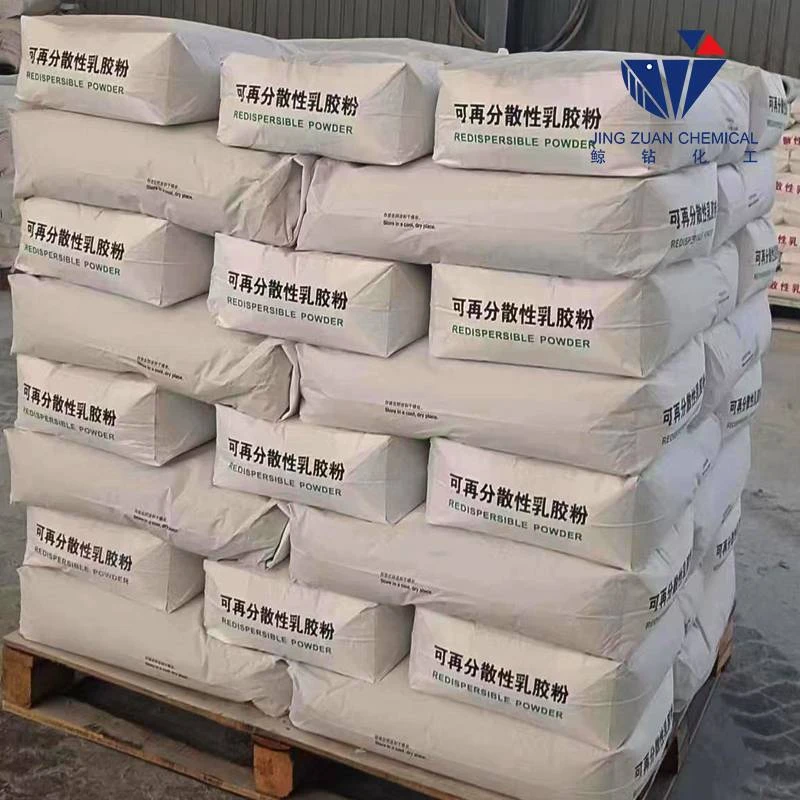
dec . 29, 2024 11:41 Back to list
hydroxy methyl propyl cellulose
Hydroxy Methyl Propyl Cellulose An Overview
Hydroxy methyl propyl cellulose (HMPC) is a versatile, non-ionic cellulose derivative that has garnered significant attention in various industrial and pharmaceutical applications. As a modified cellulose polymer, HMPC exhibits unique characteristics that make it suitable for a wide range of uses, particularly in the fields of food, cosmetics, pharmaceuticals, and construction.
Chemical Structure and Properties
Chemically, hydroxy methyl propyl cellulose is derived from the natural polymer cellulose, which is abundant in plant cell walls. The modification process involves the substitution of hydroxyl groups in the cellulose backbone with hydroxypropyl and methyl groups. This alteration results in a compound that is soluble in cold water, unlike many cellulose derivatives that require heat. The solubility characteristics of HMPC are crucial, particularly for applications that demand a warm or cold aqueous environment.
The molecular weight of HMPC can vary, influencing its viscosity and gelling properties. Generally, it features a high degree of substitution, which enhances its ability to retain moisture, form gels, and stabilize emulsions. These physical properties make HMPC valuable in numerous formulations.
Applications in Pharmaceuticals
In the pharmaceutical industry, HMPC is widely used as a binder and matrix former in tablet formulations. Its ability to provide controlled release of active ingredients makes HMPC an ideal candidate for extended-release medications. The polymer’s non-toxic and non-irritating nature ensures safety in pharmaceutical applications. Additionally, HMPC serves as a thickening agent in various topical gels and creams, enhancing the texture and stability of the products.
Moreover, HMPC is utilized in ophthalmic formulations where its viscosity-modifying properties are essential for maintaining moisture and comfort in eye drops. It can help create a protective film on the ocular surface, thereby improving the therapeutic efficacy of medications used in the treatment of dry eye syndrome.
Role in Food and Cosmetics
hydroxy methyl propyl cellulose

The food industry also benefits from HMPC’s multifunctionality. It is often employed as a thickener, emulsifier, and stabilizer in processed foods. Its ability to form stable gels and foams makes it an excellent ingredient in sauces, dressings, and dairy products. Moreover, HMPC acts as a fat replacer in low-calorie food formulations, offering texture and mouthfeel that can mimic traditional fatty products without the added calories.
In cosmetic formulations, HMPC is valued for its film-forming capabilities. It acts as a stabilizing agent in emulsions, providing products with a desirable texture and prolonged shelf life. Additionally, its moisture-retaining properties are beneficial for skin care products, helping to deliver hydration and improve skin feel.
Construction and Other Industries
Beyond pharmaceuticals and food, HMPC has applications in construction as a thickener and water-retaining agent in cement and mortar formulations. Its properties help improve the workability of construction materials, reduce cracking, and enhance adhesion. HMPC-based products are commonly used in tile adhesives, joint compounds, and paints, making them indispensable in the building industry.
Environmental Impact and Safety
As a cellulose derivative, HMPC is considered environmentally friendly, being derived from renewable resources. Its biodegradability adds to its appeal, especially as industries move towards sustainable practices. The safety profile of HMPC is well-documented, with low toxicity and a long history of usage in various applications making it a preferred choice for formulators.
Conclusion
Hydroxy methyl propyl cellulose exemplifies a modern, multifunctional ingredient that bridges various industries. Its unique properties make it an ideal candidate for a wide range of applications, improving product effectiveness, safety, and consumer satisfaction. As the demand for sustainable and effective materials continues to grow, HMPC is poised to play an even more significant role in shaping future innovations across several sectors. Whether in pharmaceuticals, food products, cosmetics, or construction, hydroxy methyl propyl cellulose stands out as a key player supporting the development of high-performance formulations.
-
Unlocking the Benefits of HPMC Products: A Gateway to Versatile Applications
NewsAug.07,2025
-
Unleashing the Potential of HPMC Ashland: A Comprehensive Look
NewsAug.07,2025
-
Tile Bonding Cellulose: The Key to Superior Adhesion and Durability
NewsAug.07,2025
-
Hydroxypropyl Methylcellulose Powder: The Versatile Component in Modern Pharmaceuticals
NewsAug.07,2025
-
Hydroxyethyl Cellulose: The Versatile Solution for Various Industries
NewsAug.07,2025
-
Hydroxyethyl Cellulose (HEC): The Versatile Polymer for Various Applications
NewsAug.07,2025







